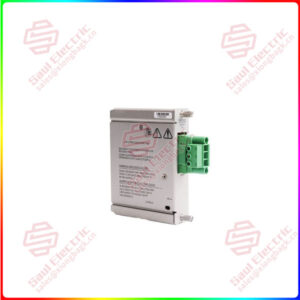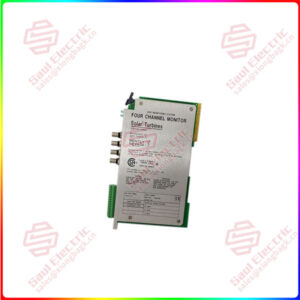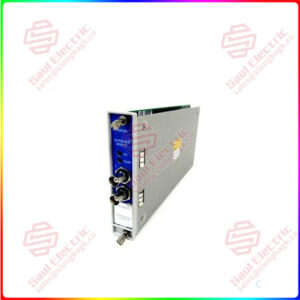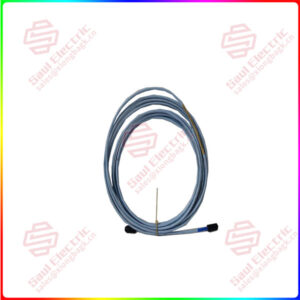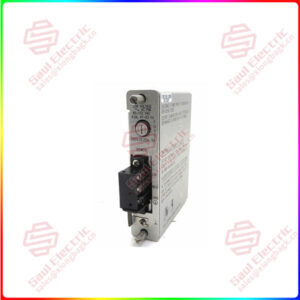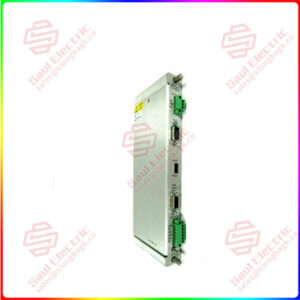Description
Overview
Essential details:PCI-6014 NI Multifunction DAQ
The National Instruments PCI-6014 (Part Number: 778627-01) is a PCI bus based Multifunction Data Acquisition Device (DAQ) suitable for OEMs and less experienced users. This device offers 16 Single-ended or 8 Differential Input Channels and 2 Analog Outputs at resolution of 16 bits. The NI PCI-6014 has ±0.05 to ±10 input range and ±10 output range. This DAQ can acquire samples at 200 kS/s and generate the output at 10 kS/s. This B Series Multifunction DAQ comes equipped with two counters/timers and eight digital I/O.
The ADC (analog-to-digital converter) incorporated in the NI DAQ PCI 6014 is a successive approximation ADC. The Analog Input <0…15> terminals incorporated in the NI PCI 6014 operate under an overvoltage protection set at ±25 V in the operating state and ±15 V in the idle state. The one DMA channel provided on this device has 512 words configuration memory size and can be operated in scatter-gather mode. The National Instruments PCI 6014 comes with 512 samples FIFO buffer size and supports interrupts, DMA, and programmed I/O data transfer modes.
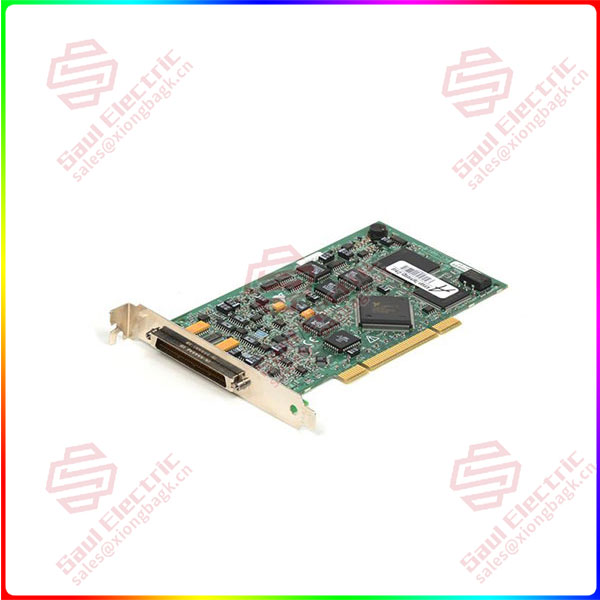
PCI-6014
Superiority products PCI-6014 NI Multifunction DAQ
- With one 4 bit frequency scaler, two 24 bit up/down counters/timers, and 5 V TTL/CMOS compatibility, the PCI 6014 can be considered for various Timing I/O functions. Two voltage analog output channels on this device are backed by double-buffered multiplying DACs. These 16-bit resolution channels offer up to 10 kHz maximum update rate. There is a shared DMA channel available to all resources on the board. This device draws 0.7 A of current, weighs around 104 g, and its physical dimensions are 16.2 cm × 9.2 cm. The NI 6014 is equipped with a 68-pin male SCSI-II type I/O connector and has a maximum working voltage of 11V. The device has an ideal operating temperature range of 0 to 55 °C.
The NI 6014 is run using the NI-DAQmx driver software which must be installed first. After installation of the software, the user needs to install support for their choice Application Development Environment-which could be LabVIEW, LabWindows/CVI, C/C++, C#, or Visual Basic .NET.


 1 Year Warranty
1 Year Warranty
